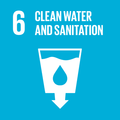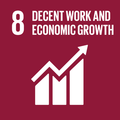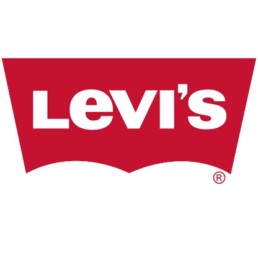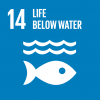Under their Water<Less range, Levi Strauss & Co have saved over a billion liters of water by optimising their use of water and making changes to the production and processing steps in jeans manufacture.
As part of the company’s sustainability focus, Levi Strauss & Co’s Water<Less collection focuses on reducing the amount of water needed to produce jeans, right from cotton production to the sales room. The company has performed two life cycle assessments on their products, and estimate to have saved over a billion liters of freshwater through a number of initiatives.
Just for perspective, that’s about enough water saved to provide drinking water for the city of New York for more than a month. It’s not inconsequential, that’s a lot of water.
Chip Bergh – President and CEO of Levi Strauss & Co.
At the farm level, the company invests in farmers registered with the Better Cotton Initiative, who use up to 18% less water on their farms. At the production level, the Water<Less scheme uses up to 96% less water in the finishing processes by recycling and reusing water. The company have made these water saving innovations publically available, encouraging industry-wide participation in water saving.
Why you should care
From start to finish, the average pair of jeans requires 7,000 liters of water per life cycle. Considering cotton farms are often found in water stressed regions of the world, this is a serious threat to the freshwater needs of agriculture, sanitation, drinking water and other industries. Levi Strauss & Co claim to have cut that figure to 3,781 liters for a regular pair by using responsibly farmed cotton and innovative production technologies, while savings for the Water<Less jeans are substantially higher.
How the Global Goals are addressed

Clean Water and Sanitation
The company has saved over 1 bn. liters of water through water savings commitments, and aim to increase the share of their Water<Less products to 80% by 2020.

Decent Work and Economic Growth
The ‘Worker Well-being’ programme is impacting nearly 100,000 workers. The initiative creates sustainable business and social benefits at all levels of the supply chain.

Life Below Water
The company is one of the first to create a restricted substances list, aiming to achieve zero discharge of hazardous chemicals by 2020, helping to protect life under water.



